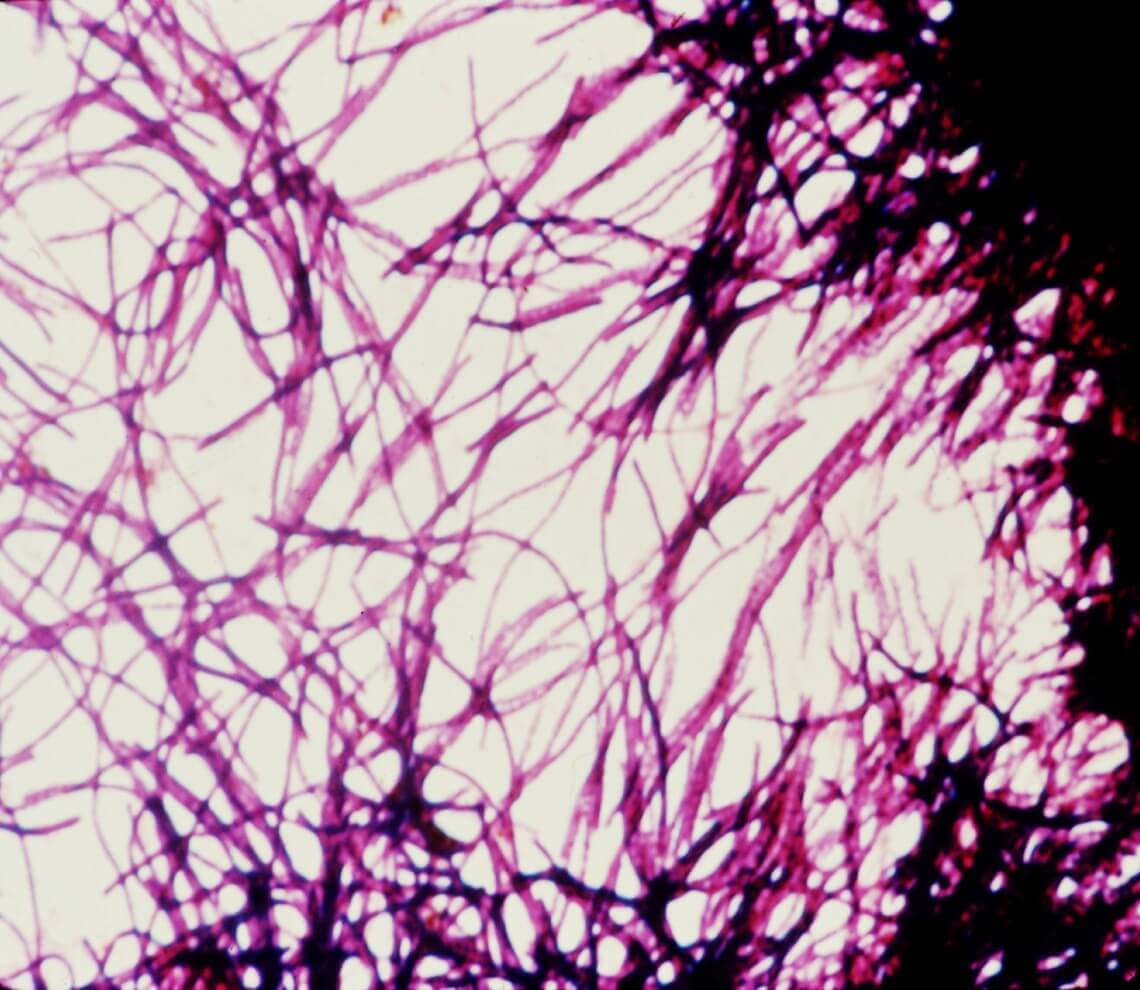- Our Suppliers
- MBS Monoclonals
- Transferrin receptor 1, Human, mAb 3B8 2A1
Product short description
Price:
464 EUR
Size:
100ug
Catalog no.:
GEN584010
Product detailed description
Concentration
N/A
Purification method
N/A
Clone
N/A
Immunoglobulin isotype
IgG1
Category
Antibodies
Clonality
Monoclonal
Gene name
TFRC; N/A; N/A; N/A
Gene name synonims
TFRC; N/A; N/A; N/A
Other gene names
TFRC; N/A; N/A; N/A
Subcategory
Mnoclonal antibodies
Host organism
Human (Homo sapiens)
Also known as
Transferrin receptor 1
Tested applications:
F, Flow Cytometry (FC/FACS), Immunoassay (IA), Immunoprecipitation (IP), Western Blot (WB)
Other names
transferrin receptor protein 1; N/A; transferrin receptor protein 1; transferrin receptor 1; N/A; N/A
Form/Appearance
1 ml (100 ug/ml) 0.2 um filtered antibody solution in PBS, containing 0.02% sodium azide and 0.1% bovine serum albumin.
Species reactivity
N/A; Due to limited knowledge and inability for testing each and every species, the reactivity of the antibody may extend to other species which are not listed hereby.
Specificity and cross-reactivity
N/A; Since it is not possible to test each and every species our knowledge on the corss reactivity of the antibodies is limited. This particular antibody might cross react with speacies outside of the listed ones.
Storage and shipping
Product should be stored at Keep the antibody refrigerated at +4 degrees Celsius. Temperature variations in the range between +1C to +7C are tolerable. Under recommended storage conditions, product is stable for one year.
Properties
Human proteins, cDNA and human recombinants are used in human reactive ELISA kits and to produce anti-human mono and polyclonal antibodies. Modern humans (Homo sapiens, primarily ssp. Homo sapiens sapiens). Depending on the epitopes used human ELISA kits can be cross reactive to many other species. Mainly analyzed are human serum, plasma, urine, saliva, human cell culture supernatants and biological samples.
Description
The receptors are ligand binding factors of type 1, 2 or 3 and protein-molecules that receive chemical-signals from outside a cell. When such chemical-signals couple or bind to a receptor, they cause some form of cellular/tissue-response, e.g. a change in the electrical-activity of a cell. In this sense, am olfactory receptor is a protein-molecule that recognizes and responds to endogenous-chemical signals, chemokinesor cytokines e.g. an acetylcholine-receptor recognizes and responds to its endogenous-ligand, acetylcholine. However, sometimes in pharmacology, the term is also used to include other proteins that are drug-targets, such as enzymes, transporters and ion-channels.
© Copyright 2016-Tech News . Design by: uiCookies

